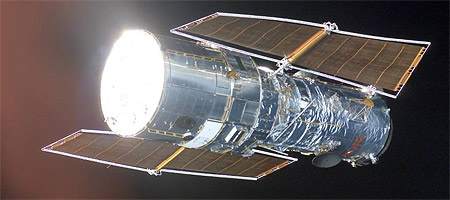Astronomers at NASA are peering ever further away into the universe, and have now discovered their most distant galaxy yet.

The cluster, named COSMOS-AzTEC3, is also of course being viewed long in the past, and has presumably since grown into a massive galaxy cluster, says NASA.
It was discovered and characterized by several multi-wavelength telescopes, including NASA’s Spitzer, Chandra and Hubble space telescopes, the ground-based WM Keck Observatory and Japan’s Subaru Telescope.
“This exciting discovery showcases the exceptional science made possible through collaboration among NASA projects and our international partners,” said Jon Morse, NASA’s Astrophysics Division director at NASA Headquarters in Washington.
The COSMOS-AzTEC3 proto-cluster is roughly 12.6 billion light-years away from Earth, and is ‘buzzing’ with extreme bursts of star formation and one enormous feeding black hole.
“We think the starbursts and black holes are the seeds of the cluster,” said Peter Capak of NASA’s Spitzer Science Center at the California Institute of Technology in Pasadena. “These seeds will eventually grow into a giant, central galaxy that will dominate the cluster – a trait found in modern-day galaxy clusters.”
Spitzer observations helped confirm that a massive galaxy at the center of the cluster was forming stars at an impressive rate. A black hole at its heart has a mass of more than 30 million suns. It’s the first time a feeding black hole of this size has been linked to a cluster that is so young.






